The Top 25 Disrupters Of 2014

The Disruptors
You know the expression: "Throw enough mud on the wall, and some of it will stick."
That could be the motto for the people who are recognized as true disruptors in the IT industry. These are the people who are not afraid to try something new -- who are not afraid of failure -- because they know they will be successful. And because of that success, they can even inspire others to attempt disruptions of their own.
Here we present the The Top 25 Disrupters from CRN's Top 100 of 2014.

25. Narinder Singh
Chief Strategy Officer
Appirio/Topcoder
A co-founder of red-hot cloud provider Appirio, Narinder Singh is aiming to shake up enterprises' IT infrastructures by accelerating their adoption of public cloud applications and platforms by taking advantage of the San Francisco-based company's Topcoder crowdsourced development and design community to bring in more new ideas than possible with traditional development processes.

24. Joshua McKenty
Co-Founder, CTO
Piston Cloud Computing
Joshua McKenty can't get enough of rattling the cage of something or another, whether it was the Internet when he led development of the Netscape Browser, the cloud with his pioneering work at NASA to develop OpenStack, or his current work with Piston Cloud, San Francisco, to help customers deploy a cloud in a day.

23. Ron Dupler
CEO
GreenPages Technology Solutions
No CEO has fought more fervently to bring customers into the cloud era. He has that rare combination of both technology and business smarts. Dupler is on a crusade to virtualize customers infrastructures, move them to the cloud and then provide the managed services to make the cloud journey look like a quiet stroll in the park.

22. David Cauthron
Founder, CTO
Nimboxx
David Cauthron wants Nimboxx, Austin, Texas, to turn the midmarket business IT market on its head by helping customers cut back on their hardware purchases and software licenses with a hyper-converged infrastructure offering based on the KVM hypervisor, a move the company said means no more paying for Microsoft or VMware hypervisor licenses.

21. Diane Bryant
Senior Vice President, Data Center group
Intel
Just when it seems servers are so commoditized that nothing really new can be done, along comes a new way of thinking. This time, it's from Santa Clara, Calif.-based Intel, where Diane Bryant and her team are adding programmable FPGAs to Xeon processors so customers can program their own algorithms on the chip for custom application performance.
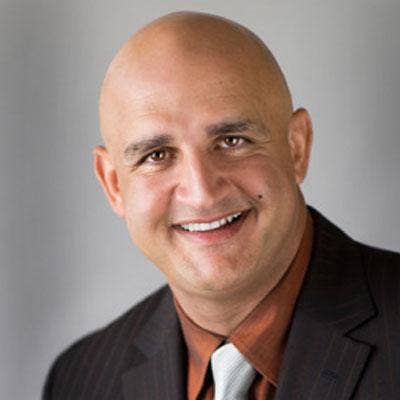
20. Majdi Daher
CEO
Denali Advanced Integration
One of the all time great technology entrepreneurs. No solution provider CEO has been able to match his track record over the last 22 years to consistently turn the fast changing technology tide into big competitive advantages for customers. Want to know the next big bet to make? Simply follow Daher's lead. His latest game changer: a new mobile device integration center.
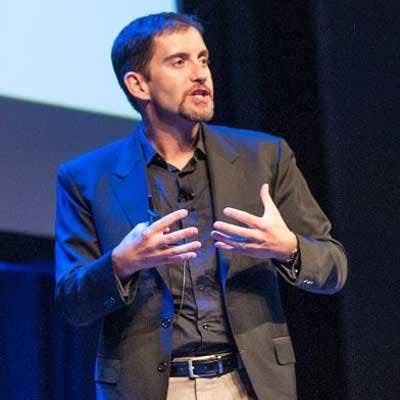
19. Douglas Murray
CEO
Big Switch Networks
Douglas Murray, with his Juniper Networks and Extreme Networks experience, eats and dreams networking. He and Big Switch Networks, Santa Clara, Calif., threaten to upend the status quo in a big way with software-defined networking technology that, unlike his competitors, can be deployed without worrying about how to managed any installed hardware base.

18. John Schroeder
Co-Founder, CEO
MapR
Hadoop is the leading open-source solution for handling big data, but it is notoriously difficult to use. While all the main developers, including San Jose, Calif.-based MapR, offer open-source-based applications for Hadoop, John Schroeder is threatening to shake up the business by adding a lot of proprietary technology targeting enterprise Hadoop users.
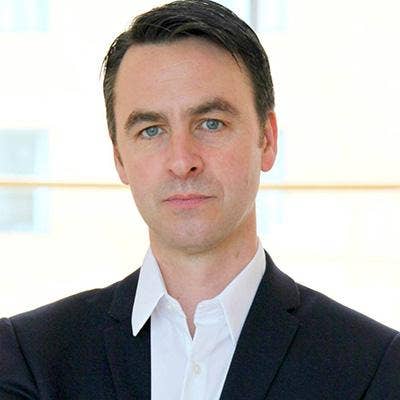
17. Paul Glynn
CEO
Davra Networks
The Internet of Things is a major force given all the data generated by devices that can be connected to the World Wide Web. Paul Glynn and Davra Networks, Sunnyvale, Calif., are the face of that massive shift, with technology that analyzes that data and turns it into information that can be easily understood and used.
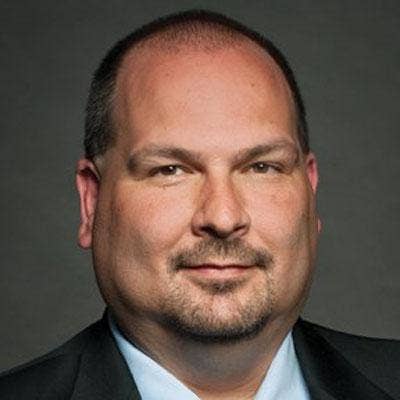
16. Lance Crosby
CEO
IBM Softlayer
IBM, Armonk, N.Y., is undergoing a massive internal disruption as it runs away from the hardware business and transforms itself into one of the largest providers of enterprise cloud services. Lance Crosby is a key to that disruption as his baby, cloud services developer SoftLayer, plays an increasingly important role in the IBM transformation.

15. Miguel de Icaza
Co-Founder, CTO
Xamarian
Given the popularity of Android, iOS and Windows mobile devices, why aren't more apps built to natively run on them all? Actually, Miguel de Icaza and Xamarian, San Francisco, offer a platform to do just that, along with the necessary training and a test cloud, and in the process have threatened to forever change today's app development process.

14. Luke Kanies
Founder, CEO
Puppet Labs
Automating data center functions is a good way to shake up the IT industry, and few have done as much to disrupt the daily grind of managing IT than Puppet Labs, Portland, Ore. Luke Kanies has been busy developing new ways to easily manage physical hardware, virtual machines and operations in the cloud.

13. Alex Gruzen
CEO
WiTricity
If Alex Gruzen has his way, mobile warriors could actually find a major disruption removed from their lives. Watertown, Mass.-based WiTricity, which recently received a new investment from Intel, is developing technology that allows mobile devices to be charged over the air, without all those chargers and wires clogging laptop bags and airport terminal hallways.
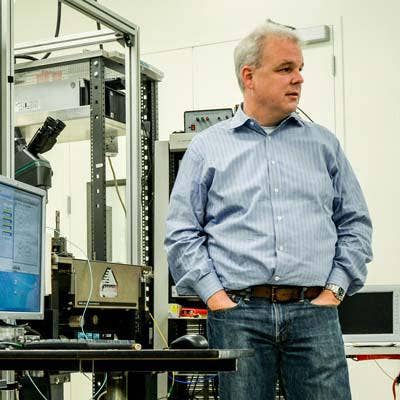
12. Martin Fink
CTO
Hewlett-Packard
Martin Fink is disrupting the way the technology hardware is introduced by, frankly, introducing new hardware. Palo Alto, Calif.-based HP's ’The Machine,’ recently introduced as a new way to combine server, storage and other resources with a new operating system, is the first new computing platform not based on commodity hardware for quite a long time.
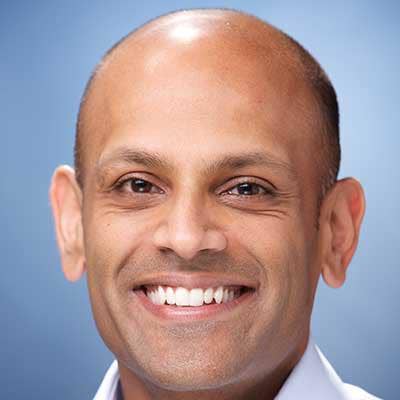
11. Jay Parikh
Vice President, Infrastructure Engineering
Jay Parikh is working hard to stir up the networking business by helping Facebook, Menlo Park, Calif., rearchitect its data centers using custom-built networking gear that uses the same hardware as its servers as a way to reduce management headaches. Plans unveiled this summer include sharing much of the technology via open source.

10. Dheeraj Pandey
Co-Founder, CEO
Nutanix
Dheeraj Pandey and Nutanix, San Jose, Calif., are taking the highly disruptive hyper-converged infrastructure technology to the midrange and enterprise due to a 2014 OEM deal with Dell that proves once and for all that it's the software -- not the hardware -- that will shape the future of the data center.

9. JR Rivers
Co-Founder, CEO
Cumulus Networks
JR Rivers helped found Mountain View, Calif.-based Cumulus Networks to develop the software needed to let any data center be able to manage their networks at scale in the same way Google does. This idea for disrupting data center networking via Linux-based software any company can use was inspired by Rivers' short stint at Google.

8. Alex Polvi
CEO
CoreOS
Alex Polvi wants nothing less than to have businesses rethink how to build data centers. He is looking at how to make any data center run like a Google or Facebook data center via CoreOS, the San Francisco-based developer of a new type of Linux-based operating system that provides high resilience and automatically updates itself just like Google Chrome.
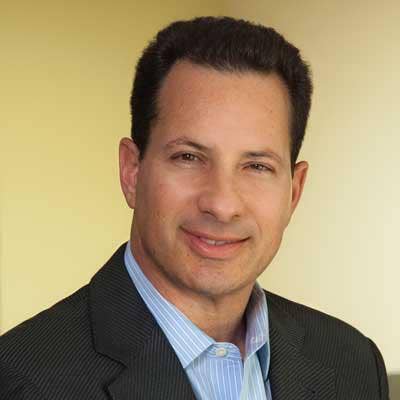
7. Doron Kempel
CEO
SimpliVity
Doron Kempel, unlike most entrepreneurs, is an extraordinary marketer rather than a technology geek. He is busy rattling the IT industry with OmniCube, Westborough-Mass.-based SimpliVity's hyper-converged infrastructure solution that takes advantage of a close technical tie with VMware to interact in virtualized and cloud environments in a way few solutions can.

6. Urs Holzle
Senior Vice President, Technical Infrastructure
Data centers today can be built in two ways: the traditional way and, thanks to Urs Holzle, the Google way. Holzle changed the way data centers, especially Mountain View, Calif.-based Google's, are being built by pushing automation and containerization, allowing users to start thinking less about the compute or storage resources and more about workloads.

5. Nir Zuk
Founder, CTO
Palo Alto Networks
Nir Zuk's ability to make security industry waves stems in part from engineering brilliance and in part from a desire to build something new. He helped Check Point Software Technologies and Juniper Networks revolutionize the security industry by helping develop the first commercial firewalls, but then disrupted the industry with Santa Clara, Calif.-based Palo Alto Networks by designing firewalls that were less rigid in determining what to let through.
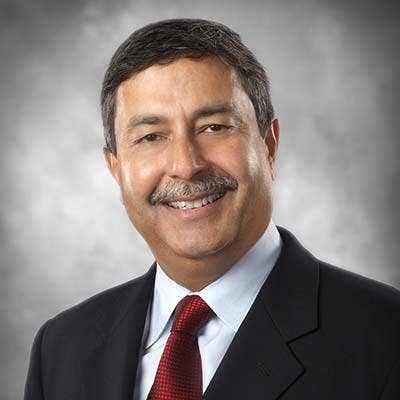
4. Sanjay Mehrotra
President, CEO
SanDisk
While flash technology is upending the way storage is built, Sanjay Mehrotra and SanDisk are upending the way flash technology is developed. A series of small acquisitions has made SanDisk, Milpitas, Calif., a vertically integrated operation from chips to software to SSDs and PCIe solutions, giving it a seat alongside the storage industry's biggest names.

3. Steven Sinofsky
Board Partner
Andreessen Horowitz
When overseeing the development of Microsoft's Office and Windows products, Sinofsky disrupted enough of the IT industry to last a lifetime. But he's not done yet. As a new board partner at Menlo Park, Calif., investment firm Andreessen Horowitz, Sinofsky advises startups such as Tanium, Box and Local Motion on how to shake up their own industries.
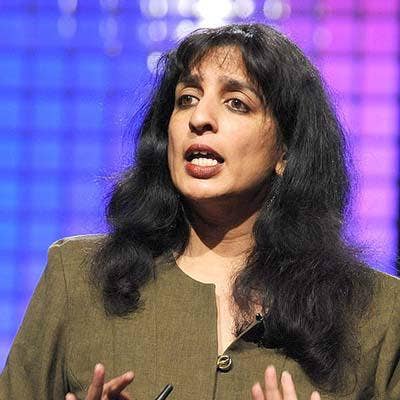
2. Jayshree Ullal
President, CEO
Arista Networks
While every networking vendor wants a piece of Cisco Systems' business, few do it as well as Arista Networks and Jayshree Ullal. She left Cisco six years ago to lead Arista, a Santa Clara, Calif.-based company formed specifically to take on Cisco, and has hit pay dirt, with revenue growing 87 percent in 2013, according to its S-1 filing.
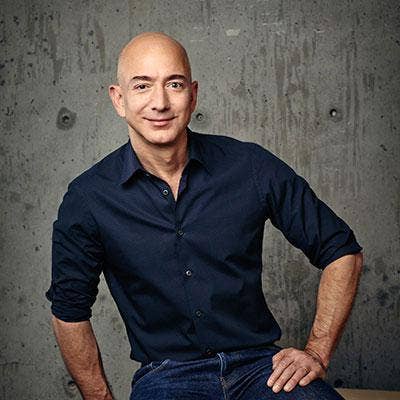
1. Jeff Bezos
CEO
Amazon
Amazon is at times the very definition of disruptive, with ventures ranging from being the world's biggest bookseller to providing data center resources as a service. And Jeff Bezos is very much the face of disruption. He is not afraid to throw a continual barrage of ideas at the market -- using drones for delivery to a customer's doorstep, providing e-books on a subscription basis -- knowing that some will not pan out, but those that do will yet once again rattle an industry. But his Seattle-based company's greatest disruption is providing the storage and compute capacity developed for delivering Amazon's services to anyone on an on-demand basis for short-term or long-term delivery of their own services. That Amazon infrastructure service is so widespread that it doesn't matter whether a business is an Amazon customer or not. The IT either runs on an Amazon cloud or on a cloud whose infrastructure was shaped in part by the industry's greatest disrupter.